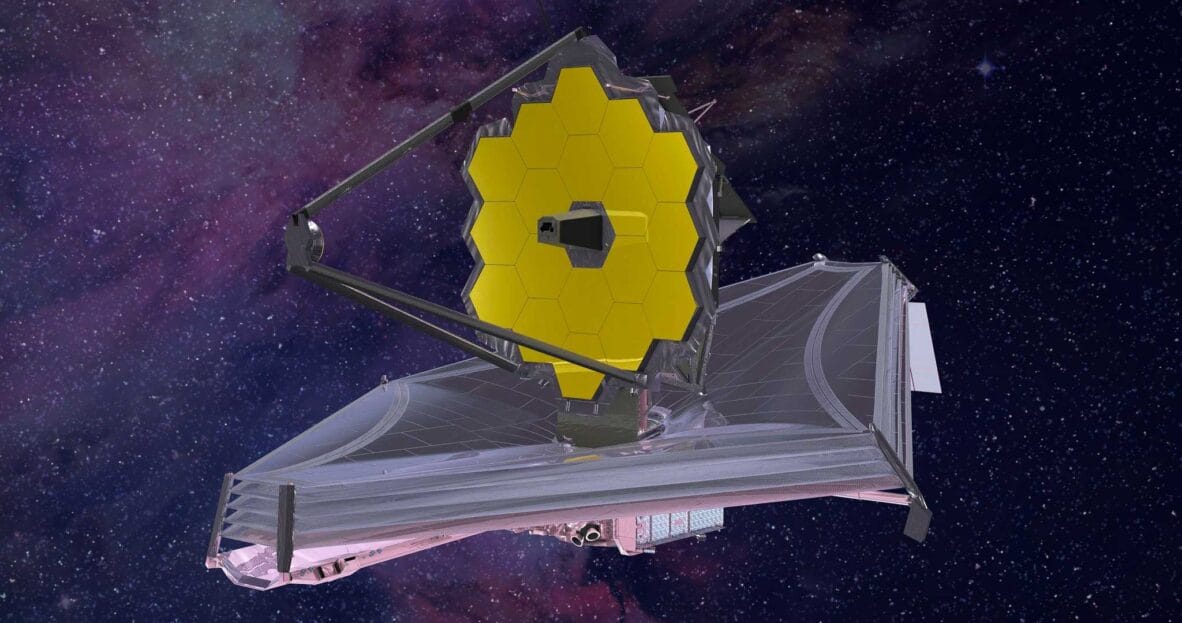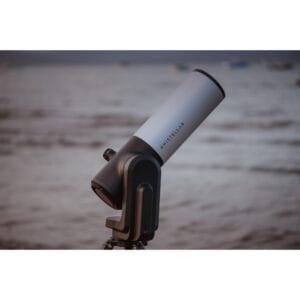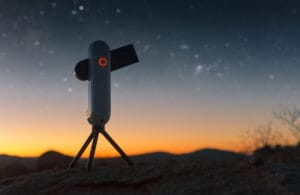It’s the most expensive, powerful, and sensitive observation instrument that humanity has ever sent into space: the James Webb Space Telescope. But what exactly does the James Webb telescope do? And why is it so much more important than previous telescopes like Hubble?
In this comprehensive blog, we dive into the technology, mission, discoveries, and significance of Webb for our understanding of the universe. Whether you’re just starting to stargaze or have been fascinated by cosmology for years: this is the story of a telescope that changes everything.

From Hubble to Webb: What Does the James Webb Telescope Do Differently?
The Hubble Space Telescope has revolutionized astronomy since 1990. It showed us thousands of galaxies where we previously only saw darkness. But Hubble primarily looks in visible and ultraviolet light.
The James Webb telescope looks deeper, further, and… in infrared. And that’s exactly what makes the difference. Infrared light can penetrate through dust clouds, travels further through the expanding universe, and reveals structures that remain hidden to other telescopes. If Hubble was our eyes, then Webb is our X-ray machine and thermal scanner combined.
What Does the James Webb Telescope Do Technically?
To keep it simple: Webb captures infrared light from objects billions of light-years away. That light comes from the early universe — from galaxies that formed when the universe was only a few hundred million years old.
This is achieved through:
- A 6.5-meter primary mirror (three times larger than Hubble’s)
- A tennis court-sized sunshield to keep it cool
- Five layers of Kapton foil that reflect heat from the sun, Earth, and moon
- Instruments like NIRCam, MIRI, NIRSpec, and FGS/NIRISS that analyze the light
Webb orbits around the second Lagrange point (L2), 1.5 million kilometers from Earth. It’s stable, dark, and cold there: ideal for infrared observations.
What Does the James Webb Telescope Do That’s Unique?
Webb’s power lies in the combination of infrared sensitivity, resolution, and stability. This allows it to:
- Observe the first galaxies ever formed
- Analyze planets around other stars for atmospheres and chemical composition
- Monitor star formation in dust-rich regions
- Study supernovas, black holes, and dark matter
A prime example is Webb’s first “deep field” image, which showed thousands of galaxies in an apparently empty piece of sky. Some of those points of light are so far away that their light has been traveling for 13 billion years.
What Has the James Webb Telescope Done According to Initial Discoveries?
Since the first images in July 2022, the results have been overwhelming:
- Discovery of carbon dioxide in the atmosphere of an exoplanet (WASP-39b)
- Observations of young galaxies that are older and larger than expected
- Insights into the early universe that challenge previous models
- Images of the Carina Nebula, Southern Ring Nebula, and Stephan’s Quintet
New papers based on Webb data appear every month. What does the James Webb telescope do? Simply put: it’s rewriting what we thought we knew about the universe.
What Does the James Webb Telescope Do for Exoplanets?
One of Webb’s most exciting applications is studying exoplanets: planets outside our solar system. With its infrared sensitivity, Webb can measure small changes in starlight when a planet passes in front. This is called transmission spectroscopy.
This allows us to:
- See which gases are in the atmosphere (like CO2, methane, water vapor)
- Estimate the planet’s temperature
- Potentially even discover signs of biological activity
In fact, Webb is our first real instrument to search for signs of life beyond Earth. Not through photos, but by analyzing light.
Why is Infrared Important for What the James Webb Telescope Does?
Infrared light has longer wavelengths than visible light. As a result:
- It can see through dust clouds
- It’s less scattered by matter
- It reaches further back in time due to the universe’s expansion (redshift)
Many objects in the early universe are so far away that their original visible light has now become infrared. Only a telescope built for this, like Webb, can still observe them.
How Long Will the James Webb Telescope Continue to Operate?
Webb’s mission is designed for a minimum of 10 years, but thanks to an exceptionally efficient launch by ESA’s Ariane 5 rocket, it will likely last 20 years. As long as its coolants and gyroscopes work, Webb will continue collecting new data.
What Does the James Webb Telescope Do for Astronomy?
Webb doesn’t just provide beautiful pictures, but changes our models. Think about:
- New estimates of when the first galaxies formed
- Understanding how fast the universe is expanding
- Confirmation or refutation of theories about dark energy and matter
It’s a “time machine” looking back to our origins. But also a chemical lab, climate detector, and galactic cartographer in one.
What Upcoming Research Missions Does the James Webb Telescope Have?
Although Webb has already made numerous discoveries, many new research projects are planned. In the coming years, astronomers will:
- Conduct deeper gravitational lens research, such as with cluster Abell S1063 (image at the top of the blog post), to better understand early galaxies
- Analyze complex atmospheres of exoplanets to search for signs of life
- Research the structure and evolution of dark matter
- Map colliding galaxies and their effect on star formation
- Study star-forming regions in our Milky Way to understand the life cycle of stars
The James Webb telescope can also be deployed for rapid observations of unexpected events, such as supernovas or the appearance of new comets. Thanks to its flexibility and sensitivity, Webb will remain the observation instrument for groundbreaking space research in the coming years.
What Can We Do with What the James Webb Telescope Does?
Webb’s images are freely available. You can view them yourself on the official NASA page or ESA’s Webb Science Portal. Additionally, many results appear in accessible news articles.
And if you want to see something in the universe yourself? You don’t need to launch a billion-dollar project. On Telescoop.nl you’ll find telescopes that let you discover the moon, planets, and galaxies yourself. And with AstroBob’s help, you’ll know exactly what suits you.





